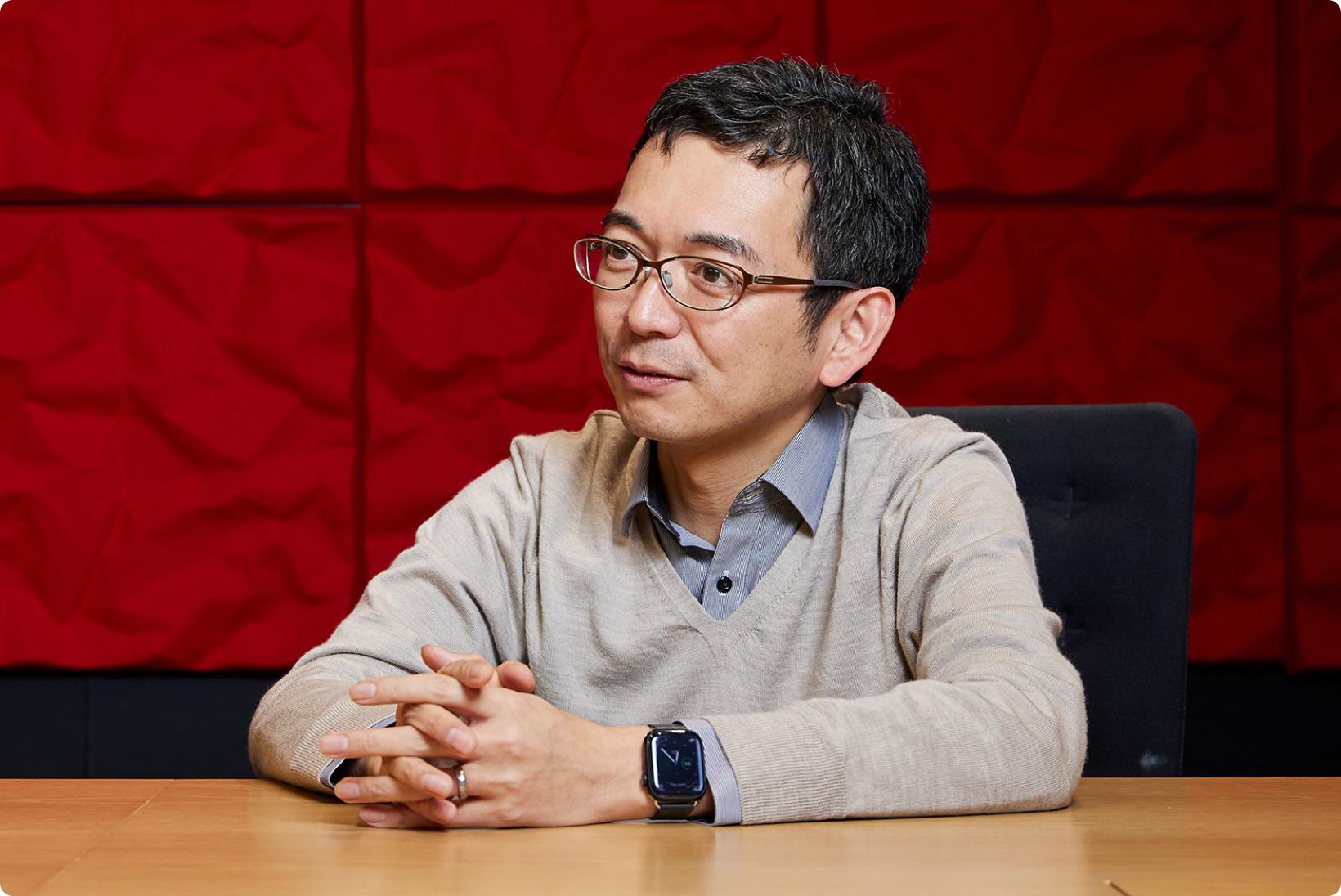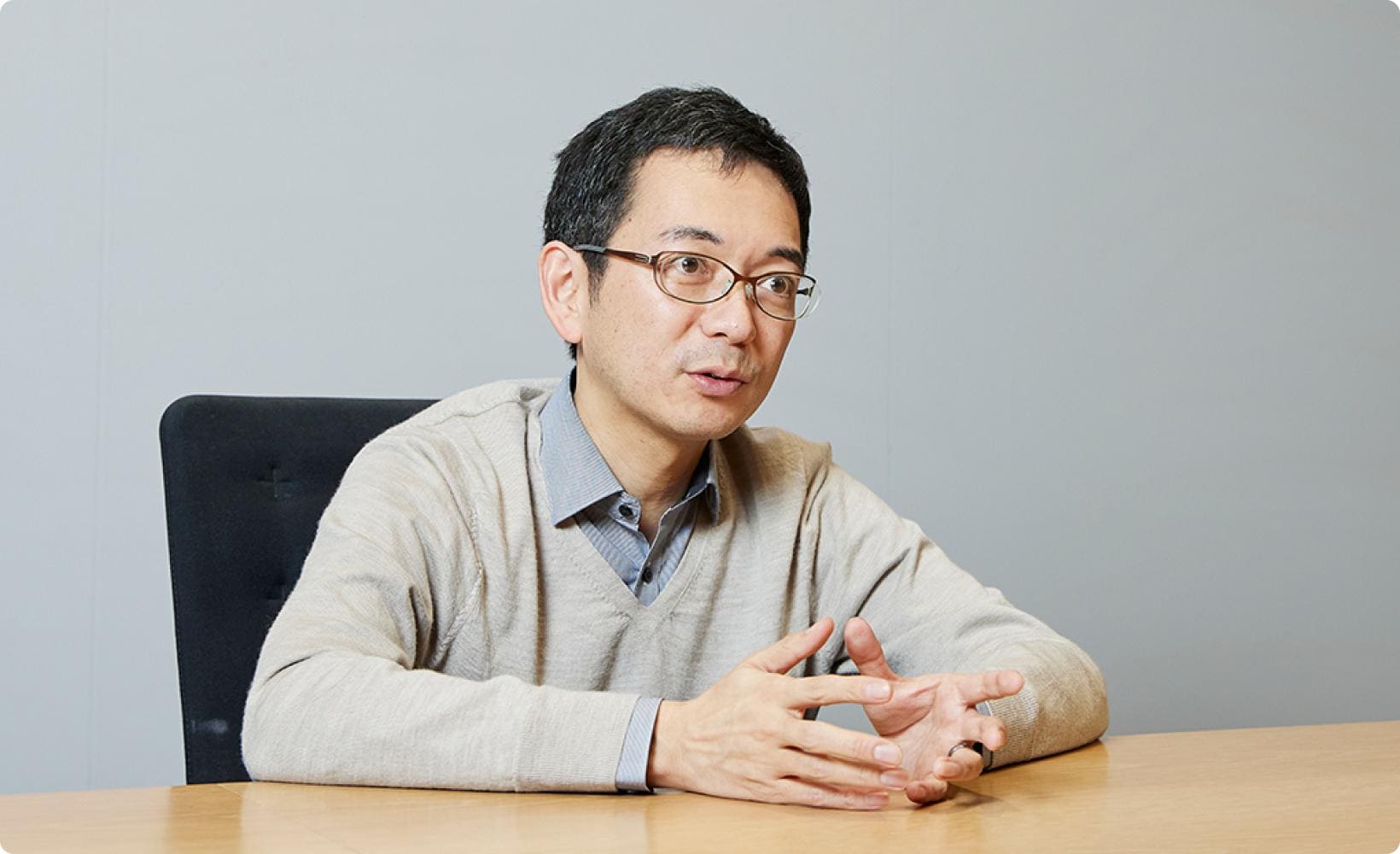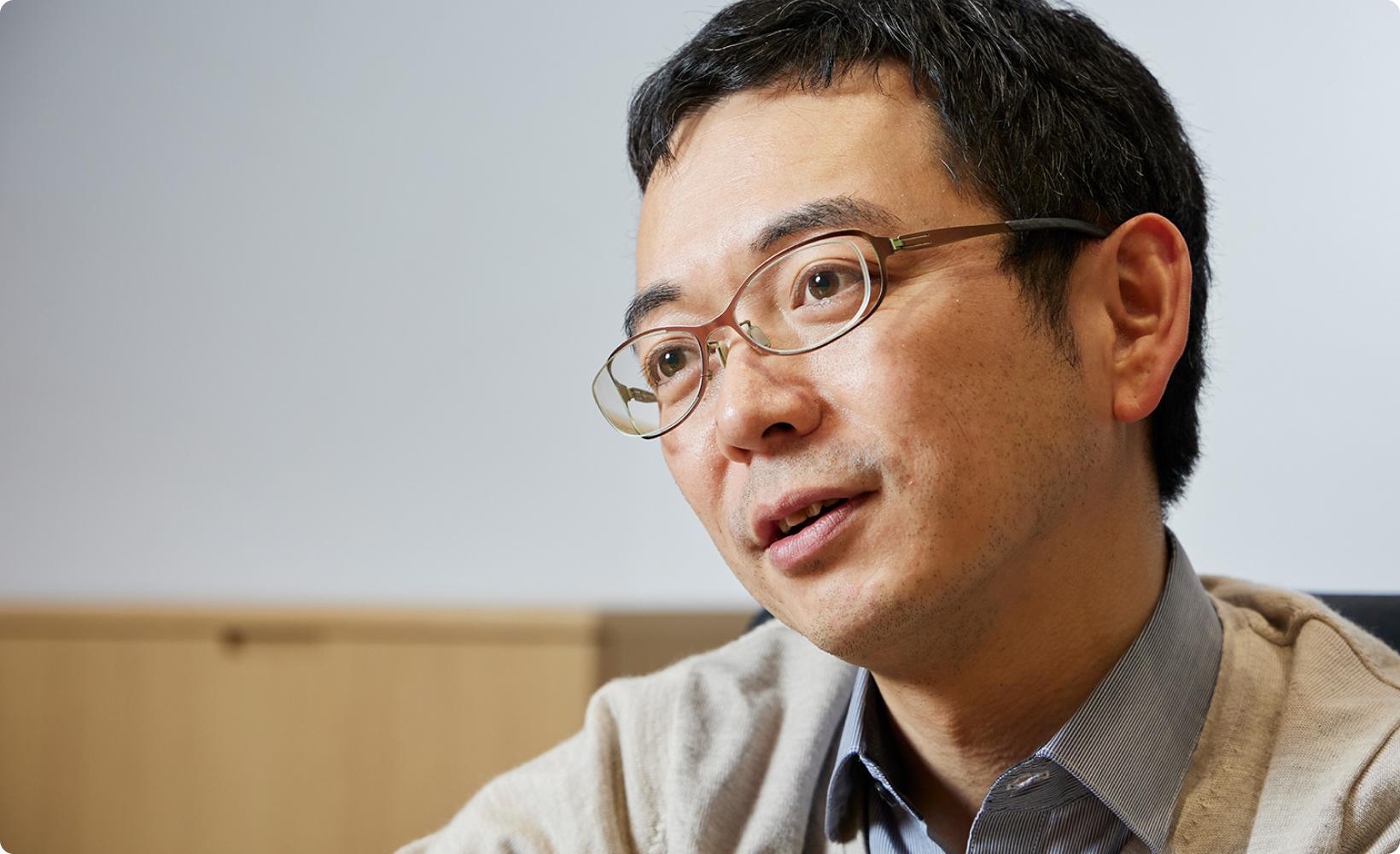The global movement toward engine electrification and solutions that facilitate its proliferation.

Carbon neutrality and zero emissions are important themes in many countries around the world. Therefore, we interviewed Mr. Takayuki Onodera of Yanmar Power Technology Co., Ltd. specializing in electrification solutions for industrial machinery, about the global movement toward electrification, the background behind the launch of electrification solutions, and the challenges and solutions for promoting electrification.
The world is still searching for the holy grail
that reaches the goal of carbon neutrality.
Carbon neutrality and zero emissions are major trends in the world. However, I believe that the market is still searching for answers on how to achieve these goals that have been set by policymakers. In other words, the major direction for many countries is to achieve carbon neutrality by 2050, but the specific roadmap to achieve this goal has not yet been established. Even when I talk with OEMs, they say they understand the need to promote electrification, but with the exception of a few innovators and early adopters, almost all of them are unsure on what or how to do it because they can’t find a market nor identify a need. Therefore, as a diesel engine manufacturer, we at Yanmar receive many inquiries from people who want to know what we think and what information we may be able to share on this issue.

The few innovators and early adopters of electrification are no different in grappling their way forward with little to no guideposts. For example, some countries in Scandinavia such as Norway are already at a point where you cannot bid on public works projects unless you have zero-emission machinery. However, since construction equipment manufacturers do not yet have electrified products, manufacturers specializing in retrofitting existing engines to work as electric motors have emerged in the downstream market. Because vehicle manufacturers are not involved at all in this change, there are very significant issues related to quality assurance and customer service.
We assist in transforming businesses
by offering electrification as a solution.
The market is uncertain, and we cannot expect orders in large volumes. Despite this uncertainty, I believe that everyone in this industry, including the OEMs, are aware of the need to make a decisive shift towards zero emissions. At the same time, we must also promote the development of apps for remote control and smart businesses, and vehicles that are capable of automated driving. However, these two processes are at odds with each other that makes it difficult to carry them out at the same time. From the OEMs’ perspective, they are interested in developing software that the end users want so as to increase their corporate value. If so, it would be better to leave the zero-emission effort to a dedicated team, which is why we decided to offer electrification solutions. In other words, our goal is to assist OEM companies transform their businesses. Our "electric powertrain" is the all-inclusive system we prepare and deliver for this purpose. Needless to say, our solution entails the development support, market research, and after-sales service necessary for building this system.

We also entered into a partnership in 2022 with Eleo, a Dutch company with advanced battery technology. We can deliver products limited to batteries for those looking for a battery-only business, or we can offer a comprehensive solution if their request includes peripheral equipment. We can accommodate flexibly to all issues related to electrification.
We do not overlook the importance of building an EV-friendly environment
to promote electrification of equipment.
One of the major challenges in promoting the electrification of construction vehicles is the issue around charging batteries. To begin with, currently electric construction vehicles cannot be operated for the same amount of time as diesel engine vehicles. Many people believe that charging the battery during lunch after they use it for work in the morning will be enough to make it available again in the afternoon, resulting in the same level of output as a diesel engine vehicle. In many cases, however, there are no power lines at the construction site and even if electricity was available, charging multiple EVs at once could cause a power failure due to the structural inability to withstand rapid charging. In fact, when the EV Porsche Taycan with its large-capacity rapid chargers was introduced in the Japanese market, the stability of power grids became debated to avoid local power outages. In addition, we believe that renewable energy will become the main source of electricity, but we also know that renewable energy is very unstable because of its weather dependency. The number of rapid chargers that make this unstable power source even more unstable will continue to increase. The solution to this problem is still nowhere to be found. However, if we are to find a clue, I think it will come down to our ability of working together and meeting the global challenge of making life on our planet more sustainable. In this regard, we see ourselves at Yanmar as a potential communication hub because we deliver diesel engines to more than 200 companies. Moreover, Yanmar Energy System, a company that is part of the Yanmar Group and supplies electricity to large buildings can play a key role in developing the infrastructure necessary to strengthen cooperation among the group companies, which will mark a very important step toward realizing a sustainable society. At Yanmar, we strive to contribute to society through the electrification of powertrains alongside creating an environment that will help realize a sustainable society.


Takayuki Onodera
Yanmar Power Technology Co. Ltd.
General Manager, Electrification Promotion Office